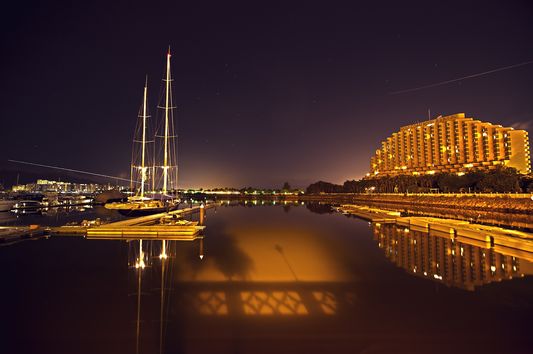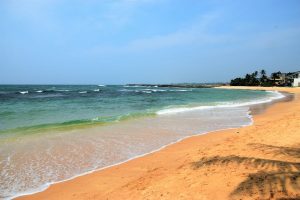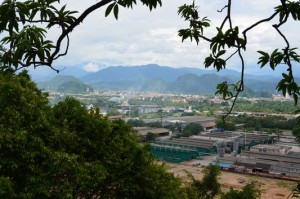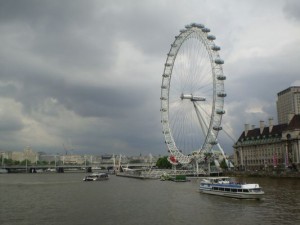A weather guide to Asia’s main tourist hotspots
Asia is a beautiful continent. That’s a fact!
Home to an array of interesting and culturally-diverse countries, Asia is also an unpredictable continent when it comes to climate and weather, as we’ve witnessed in 2011 with the natural disasters that have reaped havoc and caused such damage and devastation in Japan and Thailand.
Planning ahead is vital if you want to visit Asia as there are certain times of the year when it’s advisable to visit and when you should really stay away. The following should act as a general guide about the best times to head to the likes of Hong Kong and Malaysia and it’s also advisable to invest in worldwide travel insurance just to further protect against the unpredictability of global travel.
Hong Kong
Visitors to Hong Kong can look forward to cool winters that are mainly dry and wet summers that tend to be hot. The sub-tropical climate in Hong Kong means temperatures in summer comfortably reach just over 30 degrees Celsius on a consistent basis compared to just under 30 in spring and autumn and can be anything between 14 and 20 throughout the winter months.
India
Make no mistake about it – Indian summers are hot and humid. If you struggle to cope when the temperature starts to rise then it’s probably wiser to give India a miss during June, July and August. Conditions in north-east India during this time tend to be too wet as well. Wait until any time between October and February to visit India and you should find it a much more pleasant experience.
Japan
Temperatures in the summer months in Japan may creep up into the early 30s, but by and large it doesn’t traditionally tend to get swelteringly hot. Winter sees temperatures stay above five degrees in all but the most northerly regions and rainy season runs between June and mid-July. Summers are hot and humid.
Malaysia
Rainy seasons in Malaysia effect different parts of the country at different times of the year. Destinations on the east coast and on islands like Tioman Island and Redang are hampered by monsoons from November to January, Sabah gets them between May and November and the state of Sarawak on Borneo is hit with a deluge of rain between October and March.
Thailand
Monsoons tend to occur in Thailand from May to October and the southern parts of the country tend to prove particularly popular with visitors in general as the temperature is much more comfortable. Northern Thailand is hindered by extreme heat and temperatures in Thailand reach well in excess of above 34 degrees between April and June.











Fidel @IHarTravel
| #
Comment@ crazy sexy fun traveler:
You’re welcome! Now do your ABCs :-)
Did you know that in Vietnam, you can experience three different variances of weather if you travel through the three regions (North, Central and South) during the same time of year?
crazy sexy fun traveler
| #
Comment@ Fidel @IHarTravel:
Such a good info, Fidel, thank you :)
Fidel @IHarTravel
| #
Believe me, Summers in Japan get sweltering hot. At least in the Tokyo Greater Metro area. And people don’t really go to the beaches here to swim, they go to party and look good. August here is ridiculously hot. Like Las Vegas humidity.
Being a large island though, you’ll find temperatures vary depending on where you are in Japan. For instance, we don’t see much snow here but it gets cold this time of year. Yet, just a few hours to the north, and you’ll be in blizzard like weather.
Most people will tell you that if you are visiting the major cities and you want to have pleasant weather, the best times to go are April-May and September-October.
Agosh
| #
Well you can explore the northern part of India during June, July. Specially Ladhak region. which opens only for 6 or 7 months if you go by road. This place has got some highest motorable road.
crazy sexy fun traveler
| #
Thanks for the info, Agosh ;)